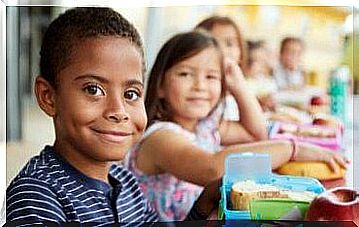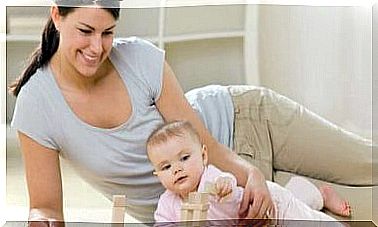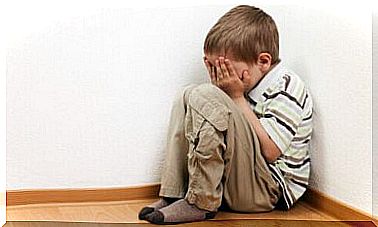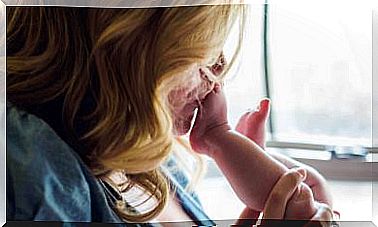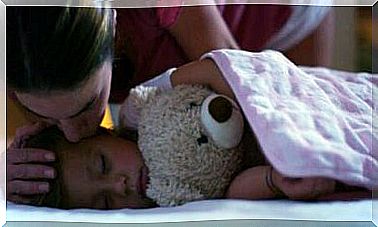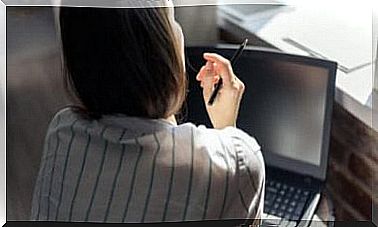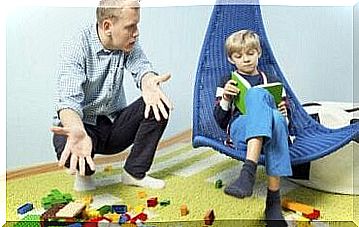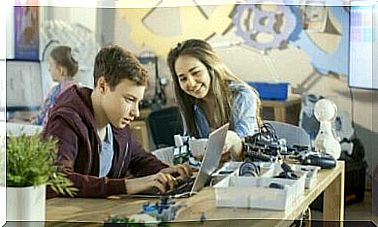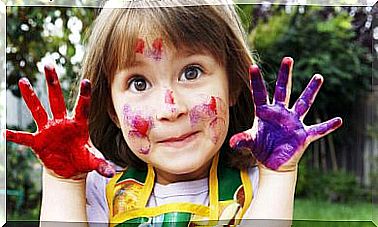Early Stimulation Exercises For Children – Being Parents
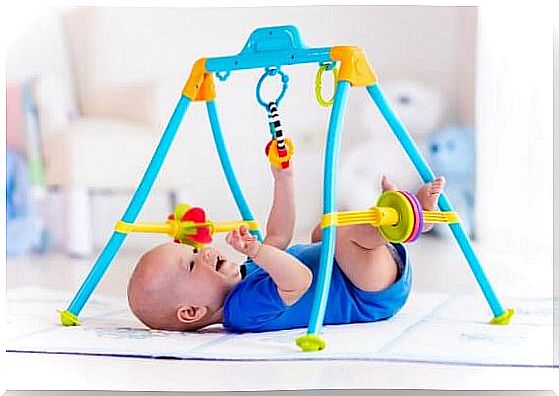
The early stimulation exercises for children will help your baby develop better cognitive ability and psychomotor. Early stimulation of children, in other words early attention, is used from infants up to about 6 years old. Indeed, it is during this period that the child develops his personality.
It is advisable to start doing these stimulation exercises when the baby is still newborn. Thus, from an early age, he will develop skills that will be strengthened over time.
What are the areas of early stimulation?
There are four areas that are used to perform the early stimulation exercises:
- Fine motor skills. The development of fine motor skills is found in the hands and fingers. This is what happens when the baby begins to discover the movements with his hands.
- Wide traction. It refers to other parts of the body. In other words the arms, the legs and the movement of the body in general.
- The socio-affective domain. This compound domain refers, on the one hand, to the ability to build relationships (social) and, on the other hand, to the ability to demonstrate emotions (affective).
- Language. Here we use the ability to speak and respond.
The intensity of the early stimulation exercises will depend on the age of the child. If it is a newborn baby, the exercises will be gentle, and as the child grows, the intensity will increase.
Early stimulation exercises
To explain some of the most used exercises for early stimulation, we will divide children’s ages into three different stages. Indeed, as we said before, the exercises vary in intensity according to the age of the little one.
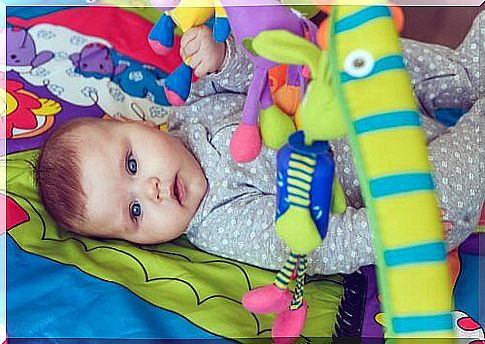
Early stimulation exercises for newborns
- For a good grip of objects, offer the baby an object with a sound in the hands. For example, a rattle, and move it back and forth so the newborn baby repeats the exercise.
- For facial stimulation, place baby’s fingers in the middle of the forehead, nose or lips and gently stroke on both sides, separating the fingers.
- Give the newborn baby items with bright colors that catch their eye.
- The kisses, the hugs and the words always in a loving tone will help him to develop his social side.
- From 4 months, the body begins to move: the baby turns on his back, moves a few meters.
- Stretch and bend the legs and arms.
- As he grows up, these exercises should be similar but with a little more complexity for the baby.
Early stimulation exercises for children 1 to 3 years old
Start using textures from the age of one. The time has come for him to start looking, so we need to encourage perception.
- At this age, it is also good for the child to start moving and getting up on his own. Get his attention by taking toys and putting them somewhere nearby so he can go and get them.
- Identification games will help the child to recognize things. For example: parts of the body, numbers from 1 to 10, colors. ..
- If you also use songs with these games, children will develop memory capacity.
- Teach them simple tasks like picking up toys, asking to go to the bathroom, and dressing and undressing on their own. These are small actions that will allow the child to gradually develop good behavior.
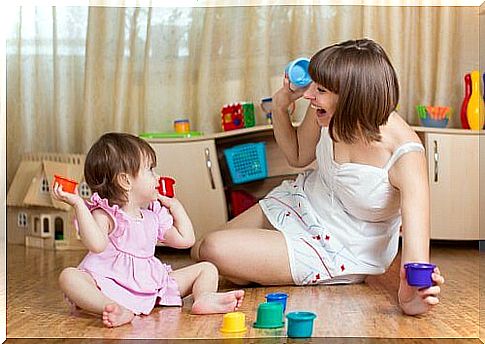
Early stimulation exercises for children 3 to 6 years old
- Use simple puzzles so they can begin to put the pieces together and develop their thinking.
- For body movements, use music. Teach them simple dances that they will easily remember.
- Let the children draw and in doing so ask them what they are drawing. They will thus be able to explain their feelings at this time.
- Teach them simple tasks like throwing something in the trash or picking up a spoon from the drawer.
- To develop the imagination, use a soft toy as the main character of a fairy tale and together make up a story.
- The child’s relationship with others is very important. Talking and playing with each other is essential for their development.
